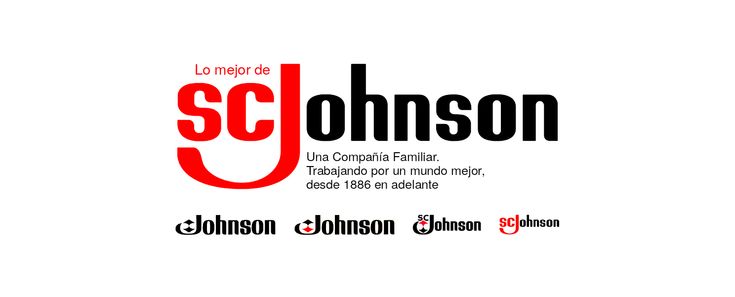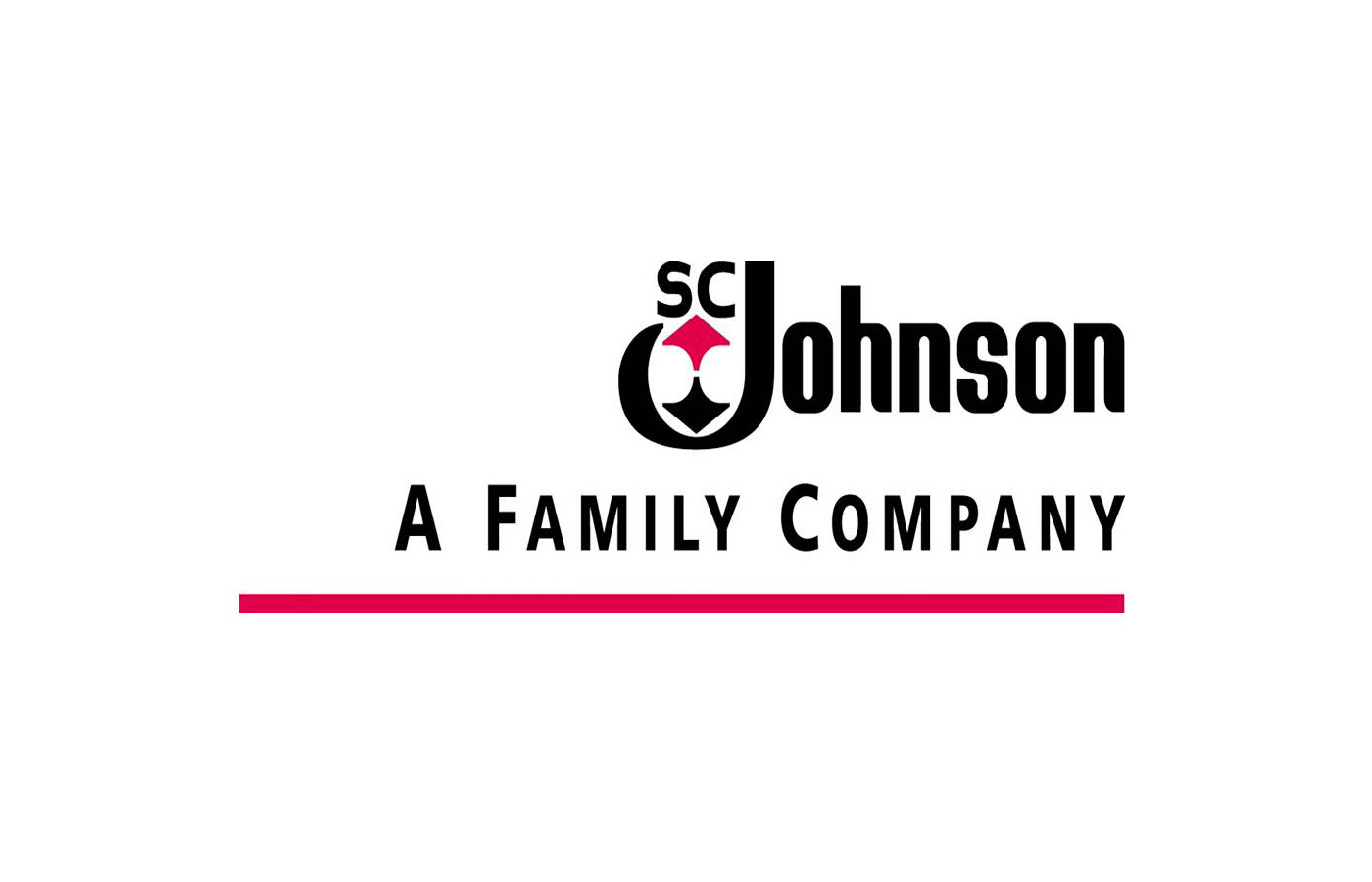Johnson And Johnson Vs Sc Johnson

For over a century, two corporate giants, linked only by a shared surname, have navigated the global marketplace. Johnson & Johnson, a household name in healthcare, and S.C. Johnson, a leader in household cleaning and consumer products, operate in vastly different sectors. Yet, the specter of potential brand confusion and market overlap has occasionally cast a shadow, raising questions about the delicate dance of brand identity and consumer perception.
The crux of this non-competitive rivalry lies in the potential for consumers to mistakenly associate the two companies due to their similar names. This issue, while not resulting in direct legal battles over market share, necessitates careful brand management and strategic positioning to maintain distinct identities. Understanding the history, operations, and brand strategies of both Johnson & Johnson and S.C. Johnson is crucial to appreciating the nuances of their coexistence in the global economy.
A Tale of Two Johnsons: Origins and Divergence
Johnson & Johnson, founded in 1886 by Robert Wood Johnson and his brothers, initially focused on sterile surgical dressings. Their early innovations revolutionized surgical practices and laid the groundwork for their expansive presence in pharmaceuticals, medical devices, and consumer health products.
S.C. Johnson, on the other hand, began in 1886 as a parquet flooring company founded by Samuel Curtis Johnson. Over time, it transitioned into producing floor wax and other home care products. This pivot established their dominance in the household cleaning and consumer goods market, a world away from Johnson & Johnson's medical focus.
Despite the shared founding year, their paths quickly diverged, leading them into distinct industries with minimal direct competition in product offerings. Today, Johnson & Johnson is a publicly traded behemoth, while S.C. Johnson remains a privately held, family-run business.
Brand Identity: Carving Separate Niches
Johnson & Johnson has meticulously cultivated a brand image synonymous with health, well-being, and scientific innovation. Their portfolio includes iconic brands like Band-Aid, Tylenol, and Neutrogena, which are associated with trust and efficacy. Their marketing often emphasizes research, development, and a commitment to improving global health.
S.C. Johnson, with brands like Windex, Pledge, and Raid, focuses on creating clean and comfortable homes. Their brand messaging revolves around convenience, effectiveness, and family values. They have also increasingly emphasized sustainability and environmentally friendly practices in their product development and marketing efforts.
The key to avoiding confusion lies in clear and consistent brand messaging that reinforces each company's unique identity and target audience. Both companies invest heavily in advertising and public relations to solidify their respective positions in the market.
Navigating Potential Overlap: A Delicate Balance
While their core product lines differ significantly, there are instances where potential overlap could arise. For example, both companies offer products in the personal care category, albeit with different focuses.
Johnson & Johnson's baby care products compete in a segment that also includes some cleaning products used in households, creating a tangential link. However, the branding and marketing strategies are carefully designed to distinguish their offerings.
Furthermore, S.C. Johnson's acquisition of companies like Dranetz has extended their reach into air care and other areas, requiring careful consideration to avoid brand association issues. Clear product labeling and distinct marketing campaigns are crucial to minimize potential consumer confusion.
The Specter of Litigation: Avoiding Trademark Infringement
Despite the potential for brand confusion, there have been few, if any, significant legal battles between Johnson & Johnson and S.C. Johnson over trademark infringement. This is likely due to a combination of factors.
First, the companies operate in different industries, reducing the likelihood of direct competition and trademark overlap. Second, both organizations have strong legal teams dedicated to protecting their respective brands and trademarks.
Third, both companies appear to have adopted a pragmatic approach, recognizing the potential for negative publicity and reputational damage that could arise from protracted legal disputes. Maintaining a degree of separation and focusing on their respective markets has proven to be a more effective strategy.
The Future: Coexistence in a Global Market
Looking ahead, Johnson & Johnson and S.C. Johnson are likely to continue their coexistence in the global marketplace. Both companies face unique challenges and opportunities in their respective industries.
Johnson & Johnson must navigate the complexities of the healthcare industry, including regulatory hurdles, pricing pressures, and the evolving needs of patients. S.C. Johnson faces increasing competition from other consumer goods companies and the growing demand for sustainable and eco-friendly products.
Ultimately, the key to their continued success lies in maintaining strong brand identities, adapting to changing consumer preferences, and avoiding any actions that could blur the lines between the two companies. The "Johnson" name may be shared, but their legacies are distinctly their own.

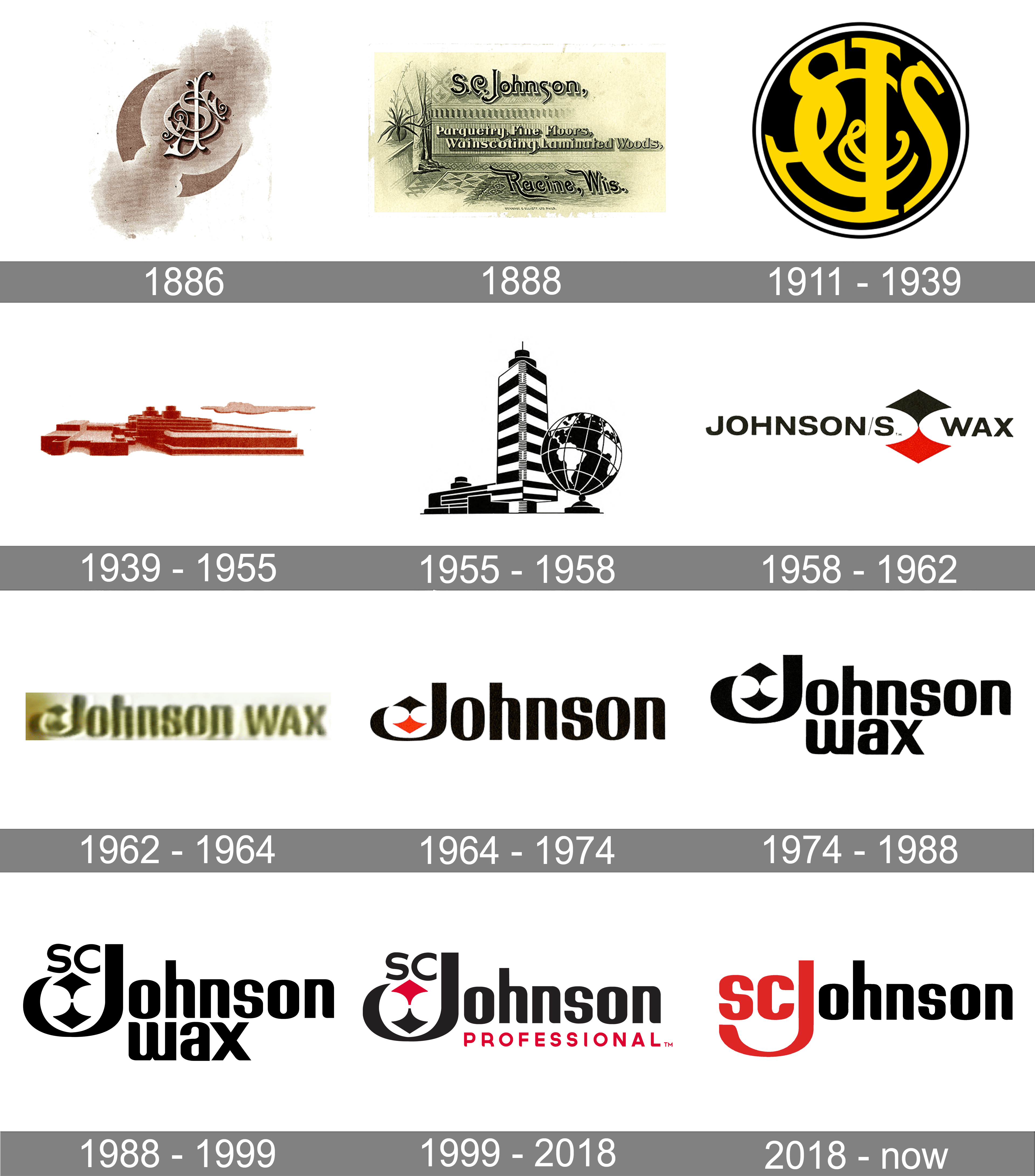
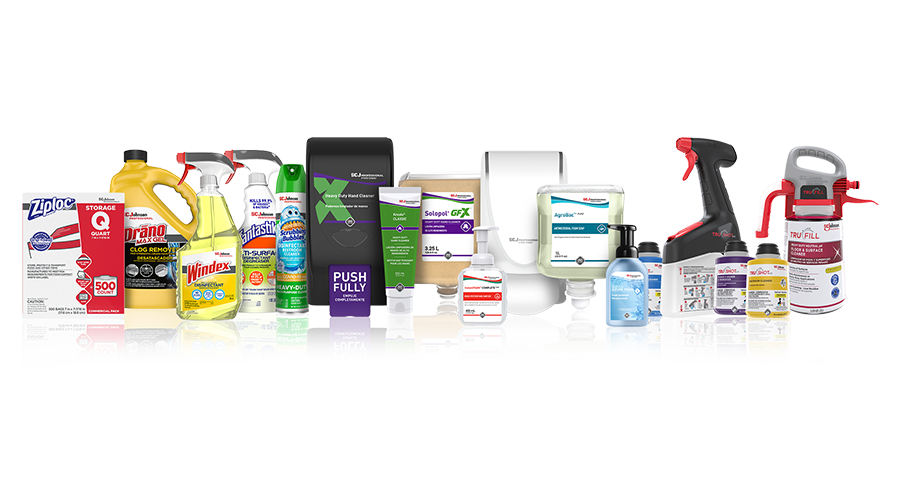
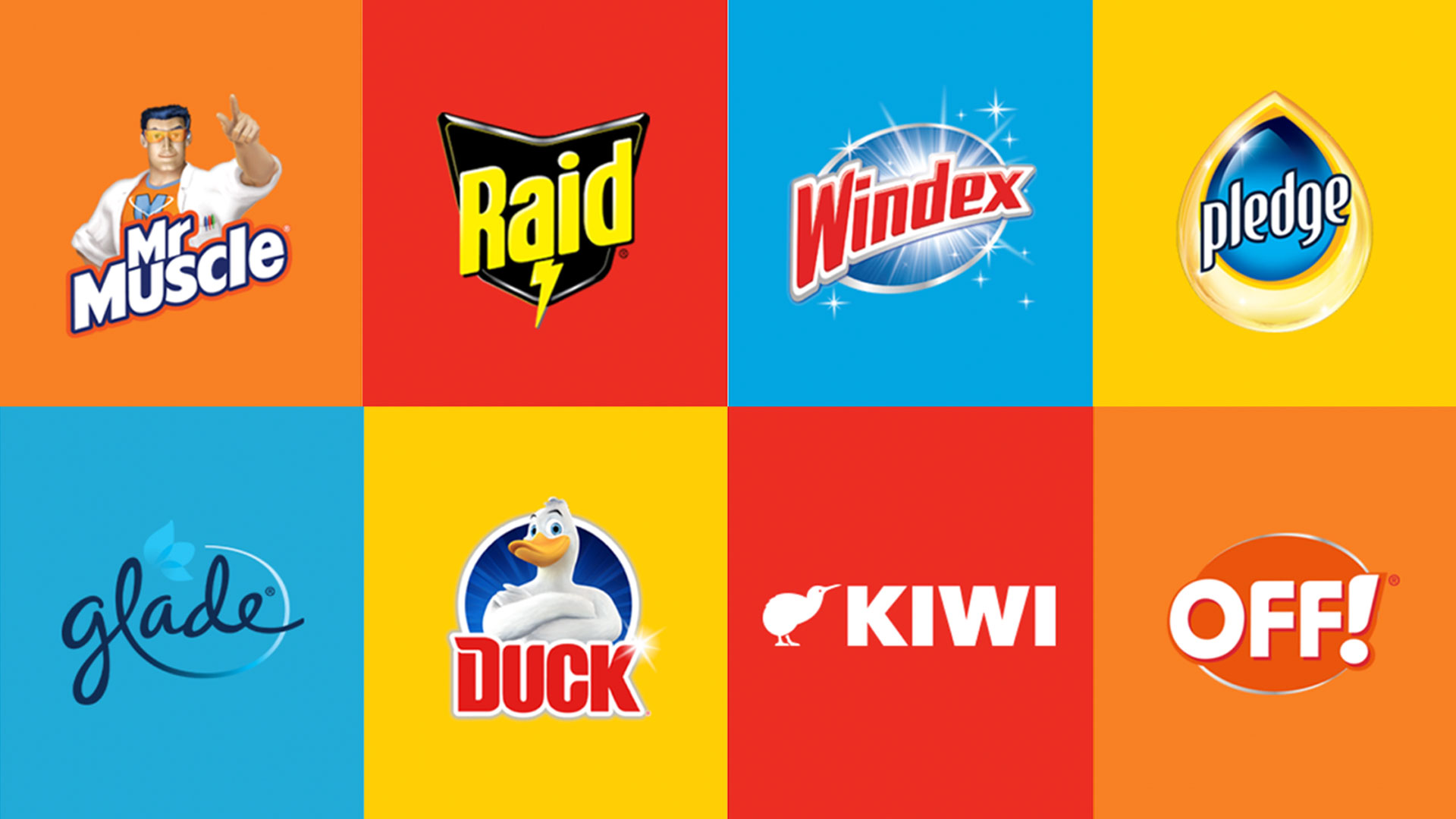


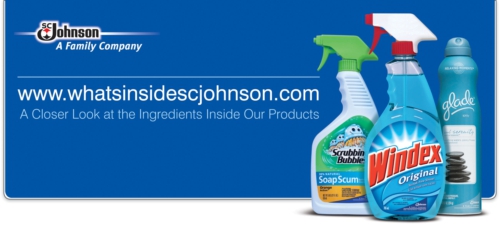

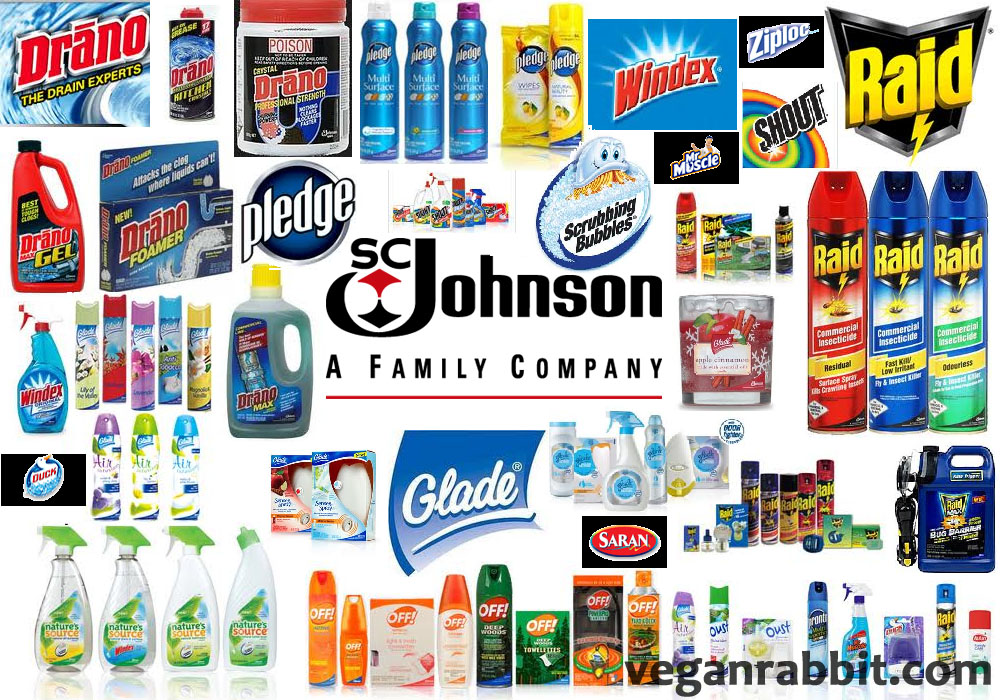
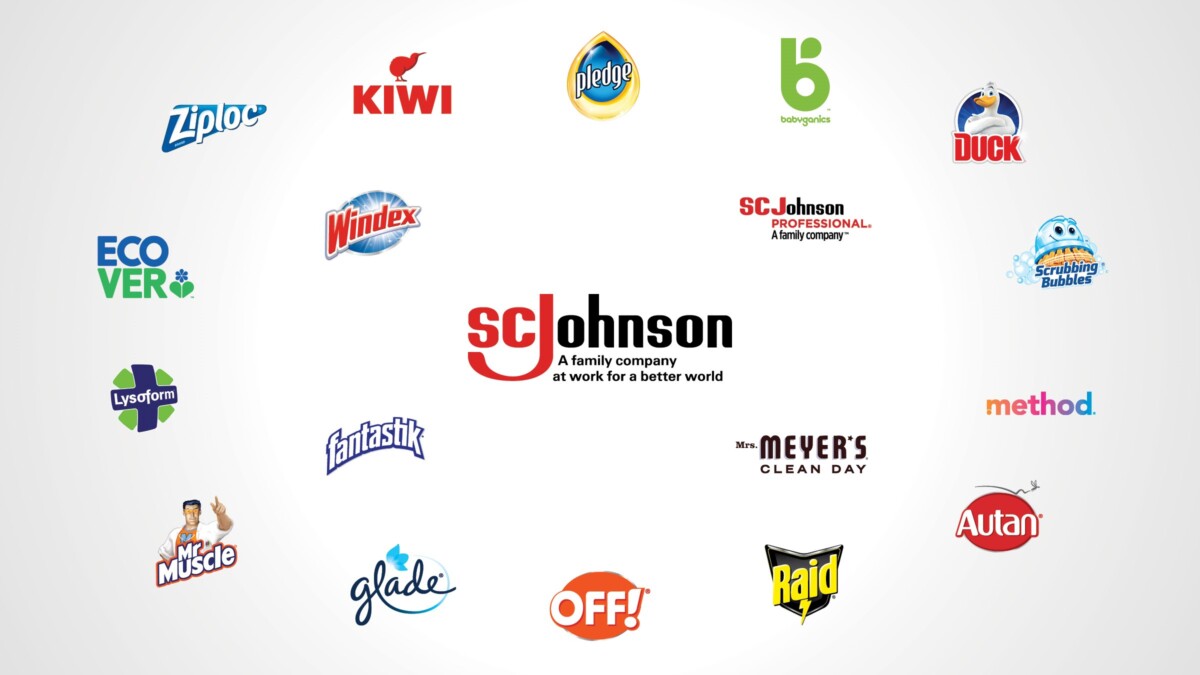
![Johnson And Johnson Vs Sc Johnson Home [www.scjohnson.com]](https://www.scjohnson.com/-/media/sc-johnson/a-family-company-and-about-scj/statements/natural-vs-chemical-still.jpg?h=1015&w=1800&hash=DFA978A1B46EE30E02A07135981929C2)
